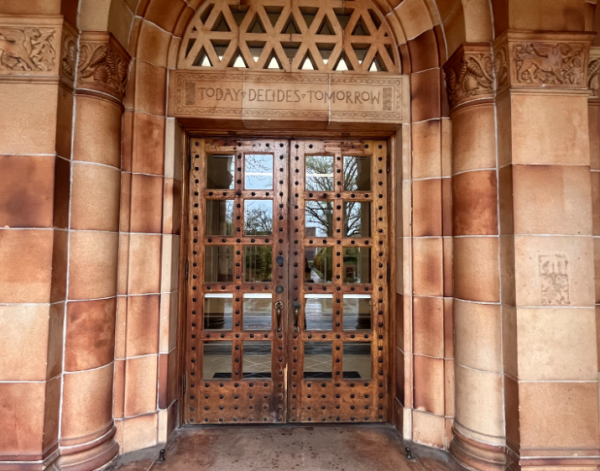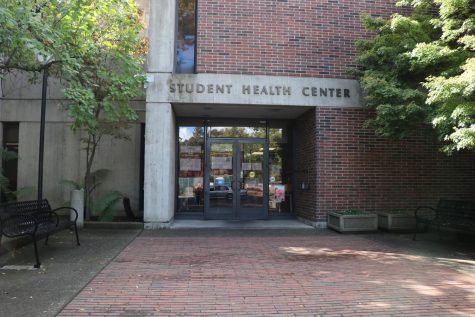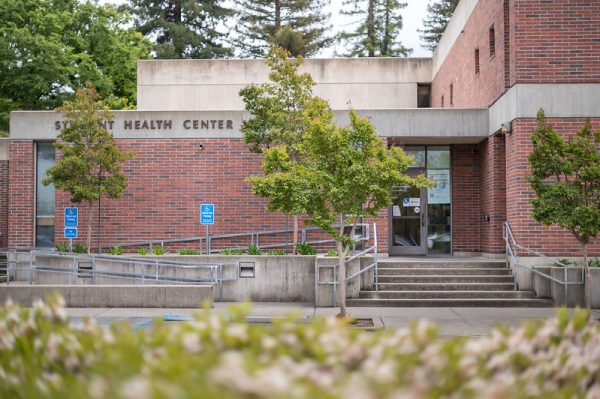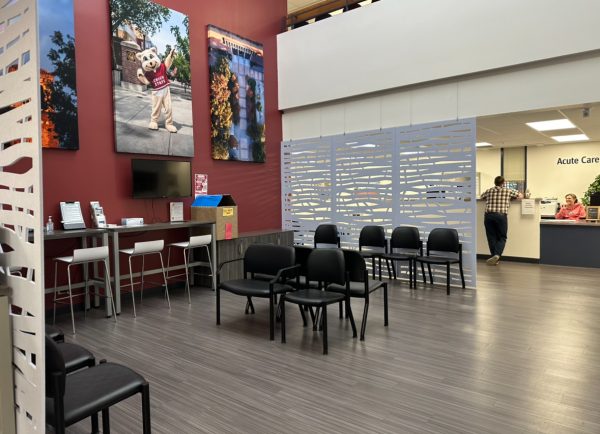Seeing Haiti through native eyes
Haiti is not a poor country, it’s rich in culture and wondrous natural landscapes. Associated Students Adventure Outings gave students a free virtual tour of Haiti on May 4. It was facilitated by Jean Chrislot Michaud, a Haitain-born Wildcat. He was born in Port-Uu Price, the capital of Haiti.
Michaud was delighted to share some history, traditions and popular cuisines from his homeland.
Haiti is a part of the West Indies Islands, which is surrounded by the Carribean Sea and Atlantic Ocean. It shares the island of Hispaniola with the Dominican Republic, which has a collective 19 million inhabitants. It’s sandwiched between Cuba and Puerto Rico and neighbors Jamaica along with thousands of other small islands.
The indigenous people of Haiti were the Taino of the Carribean. They gradually died off as Spanish and French colonizers overworked them by exporting coffee and sugar cane, so slaves from Africa were brought over to take their place. Haiti is the first Black independent country. The slaves overthrew their colonizers during the Haitian Revolution, a 13-year war between slaves and France. They gained independence in January of 1804.
The primary language of the Haitian people is Creole. It’s a combination of French, Spanish and slave language. It was formerly used by slaves to talk discreetly without their master’s understanding. Haitian Creole is spoken by more than 10 million people, according to leadwithlanguages.org.
Vodou is the main religion of Haitian people, it was brought over by slaves during the African diaspora. It isn’t as malicious as movies portray and has its good and bad aspects. It’s often related to hexes and wrong-doing, but Haitians use it for much more. They use it to pray for recovery from illnesses and to overcome hardships. Human sacrifice isn’t typical in Vodou practices, people usually sacrifice livestock.
Pumpkin soup is a sacred cuisine to Haitians. Eating pumpkin soup on independence day is a tradition that’s practiced by all social classes. “Everybody eats it, rich, middle and poor,” Michaud said. “It’s what brings us together.”
Coffee and sugarcane based products remain popular in Haiti because it’s their main export. “My favorite drink is rhum barbancourt, it is made from 100% sugarcane,” Michaud said. “If you’re 18 you can drink, no problem.” Coffee plants thrive in the tropical climate of Haiti’s mountain ranges while sugarcanes flourish in it’s sea-level plains. However, there’s other tropical fruits and plants growing in all of its different biomes.
Sharing Blessings To Others is a non-profit organization that Michaud founded with the help of his late host dad. Michaud believes in equitable education, and hosts an annual event giving school supplies back to the community.
A round-trip flight to Haiti from Sacramento International Airport can cost anywhere from $600 to almost $6,000. It would take about a 14-hour trip with two stops to get to Haiti from Sacramento. It’s a little over 3000 miles south east from California.
Although Haiti has wonderful tourist attractions The U.S Department of State advises people not to travel to Haiti because there isn’t enough medical care abroad to help tourists if they contract COVID-19.
Melvin Bui can be reached at [email protected] or @Melvinbuii on Twitter.
















